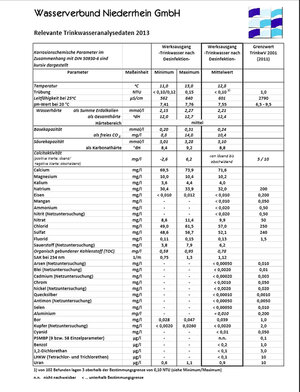omega
Well-Known Member
Hallo Erwin,
Ich wohne in München. Röhrmoos liegt nicht weit davon. Evtl. dieselbe Quelle? Ein Gentest könnte es an's Licht bringen. :smile:
Grüße, Markus
über's Leitungswasser halte ich für nicht unmöglich. Ich hab' im 5µm Vorfilter (Klarsichtgehäuse) meiner UOA auch Blaualgen. Die traten dort etwa ein Jahr nach Installation auf.Erwin":20usl7p7 schrieb:Sind bei mir keine Grünalgen sondern Cyanobakterien.
Bekomme ich die nun übers Leitungswasser vom Wasserversorger geschenkt oder schwirren die in der Landluft rum?
Ich wohne in München. Röhrmoos liegt nicht weit davon. Evtl. dieselbe Quelle? Ein Gentest könnte es an's Licht bringen. :smile:
Grüße, Markus

